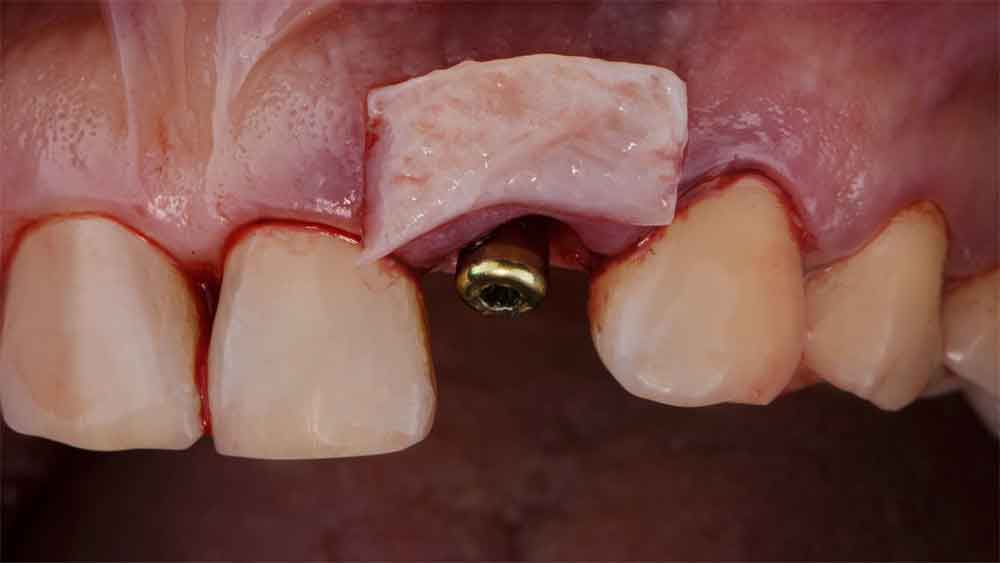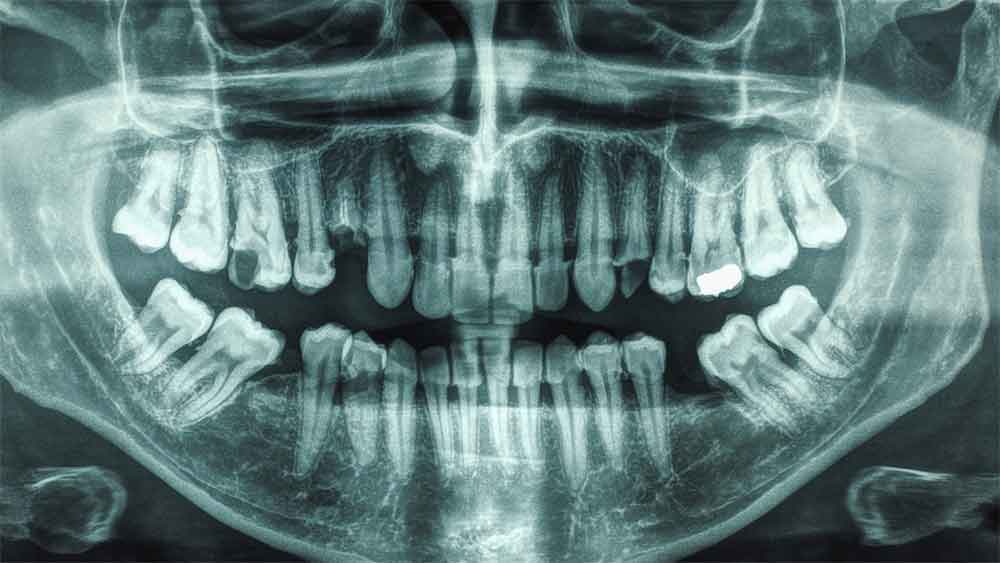Is Ridge Augmentation Worth It? Breaking Down the Benefits, Risks, and Cost

Losing a tooth isn’t just a cosmetic issue—it affects your ability to chew, speak, and even impacts your facial structure over time. If you’ve been told you lack enough bone for dental implants, ridge augmentation may be the solution you need.
This procedure restores lost bone, creating a strong foundation for dental implants or other restorations. But is it worth the cost, recovery time, and potential risks? In this guide, we’ll break down the benefits, risks, and financial considerations to help you make an informed decision.
Table of Contents
- What Are the Benefits of Ridge Augmentation?
- Higher Success Rates for Dental Implants
- Prevents Premature Facial Aging
- Restores Chewing Function & Speech Clarity
- Prevents Further Bone Loss
- Understanding the Risks of Ridge Augmentation
- Surgical Risks (Infection, Prolonged Healing)
- Cost Considerations & Insurance Coverage
- Recovery Time & Discomfort
- Graft Failure Possibility
- Is Ridge Augmentation Worth It?
- Schedule a Consultation Today
- Case Study
What Are the Benefits of Ridge Augmentation?
A strong, healthy jawbone is essential for maintaining oral function, supporting dental implants, and preserving facial aesthetics. Here are the key benefits:
Higher Success Rates for Dental Implants
Dental implants require a solid foundation. Without sufficient bone, implants may not integrate properly, increasing the risk of failure. Ridge augmentation rebuilds the jawbone, improving implant stability and longevity.
Prevents Premature Facial Aging
Bone loss can cause facial sagging, thin lips, and a sunken jawline. Restoring lost bone helps maintain facial structure, keeping you looking youthful and preventing premature aging.
Restores Chewing Function & Speech Clarity
Missing teeth and jawbone deterioration can make it difficult to chew and speak clearly. Ridge augmentation improves bite alignment, making eating more comfortable and speech more natural.
Prevents Further Bone Loss
Bone deterioration progresses over time if untreated. By reinforcing jawbone density, ridge augmentation prevents shifting teeth and structural weakening, reducing the need for more invasive procedures in the future.
Understanding the Risks of Ridge Augmentation
While beneficial, ridge augmentation has potential risks that patients should consider.
Surgical Risks (Infection, Prolonged Healing)
Like any surgery, there is a risk of infection, swelling, and slow healing. Certain conditions, such as smoking or diabetes, can increase the likelihood of complications.
Cost Considerations & Insurance Coverage
Depending on the complexity, the cost ranges from $500 to $3,000 per graft site. Most insurance plans do not cover ridge augmentation unless deemed medically necessary.
Recovery Time & Discomfort
Soft tissues typically heal within weeks, but full bone integration may take months. Temporary discomfort, swelling, and dietary restrictions should be expected.
Graft Failure Possibility
In rare cases, the graft may not integrate due to poor blood supply or underlying health issues. Following post-op care and choosing an experienced specialist can significantly improve success rates.
Is Ridge Augmentation Worth It?
For many patients, ridge augmentation is a long-term investment in oral health. By rebuilding lost bone, it improves implant success rates, preserves facial aesthetics, and restores oral function.
While all surgeries carry risks, the benefits often outweigh the drawbacks. Choosing an experienced specialist and following post-operative care guidelines will enhance the likelihood of a successful outcome.
Schedule a Consultation Today
At Renovo Endodontic Studio, our specialists provide expert evaluations to determine if ridge augmentation is right for you. Schedule your consultation today and take the next step toward a healthier, stronger smile!
Case Study
This patient was referred to our office for a dental implant in the mandibular edentulous area; however, ridge augmentation was determined to be required. Upon initial radiographic survey and clinical exam, it would appear that there would be plenty of bone for the eventual dental implant. However, once the CBCT was taken, one can see that although there is enough vertical height of bone, the width would become an issue as there was significant bone atrophy from years of missing the tooth. In this particular case,… the clincial exam made it appear that ther would be enough width of bone. It turned out that the majority of that ridge thickness was soft tissue rather than hard tissue. The decison was made to perform a selective ridge augmentation procedure to enhance the bone thickness so that a dental implant could be placed. Localized soft tissue flap reflection was done, the cortical plate perforated and particulate cortical bone grafting was placed. The procedure was finished with a resorbable membrane and Vicryl sutures. We anticipate that the added bone thickness will allow us to place a dental implant of acceptable size to ensure a favorable long term prognosis for the patient….stay tuned for documentation of the next steps of the procedure.

